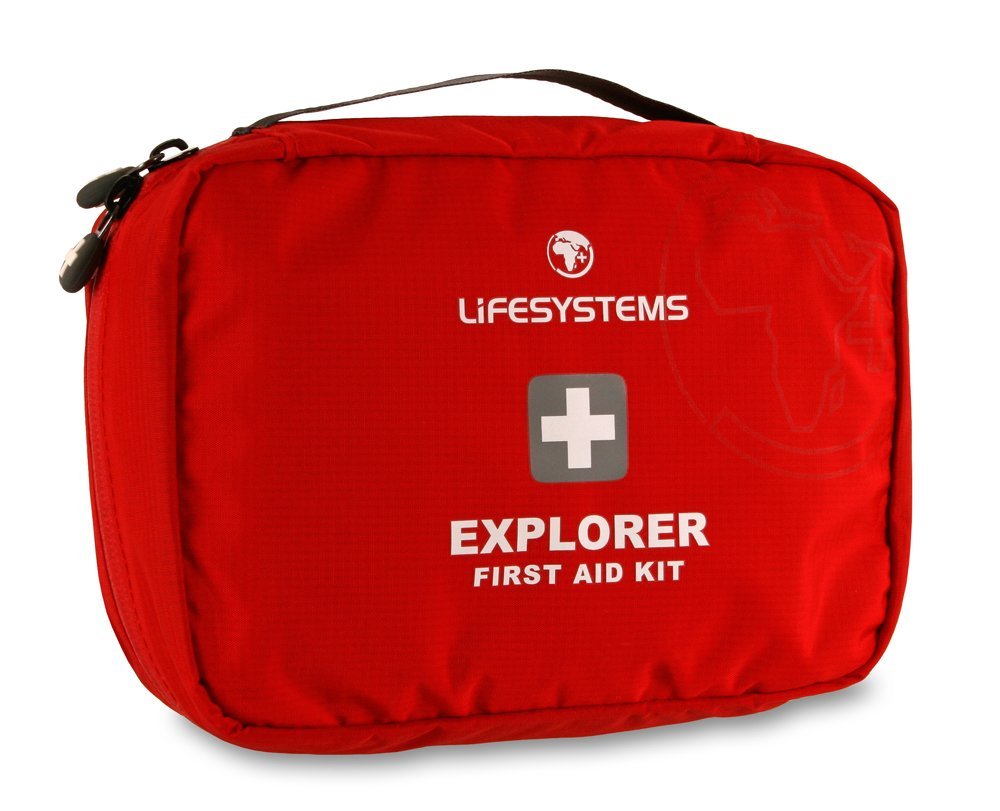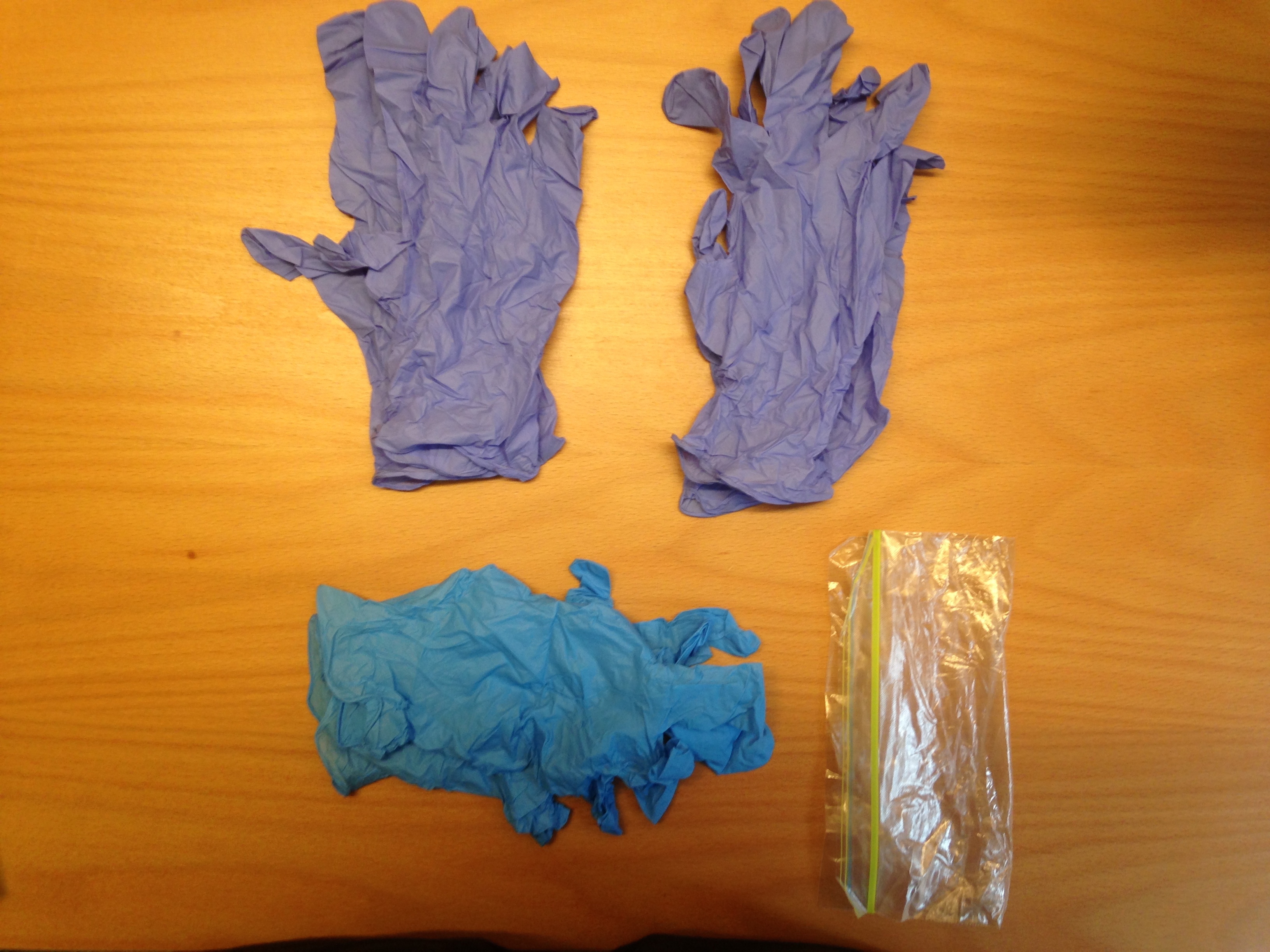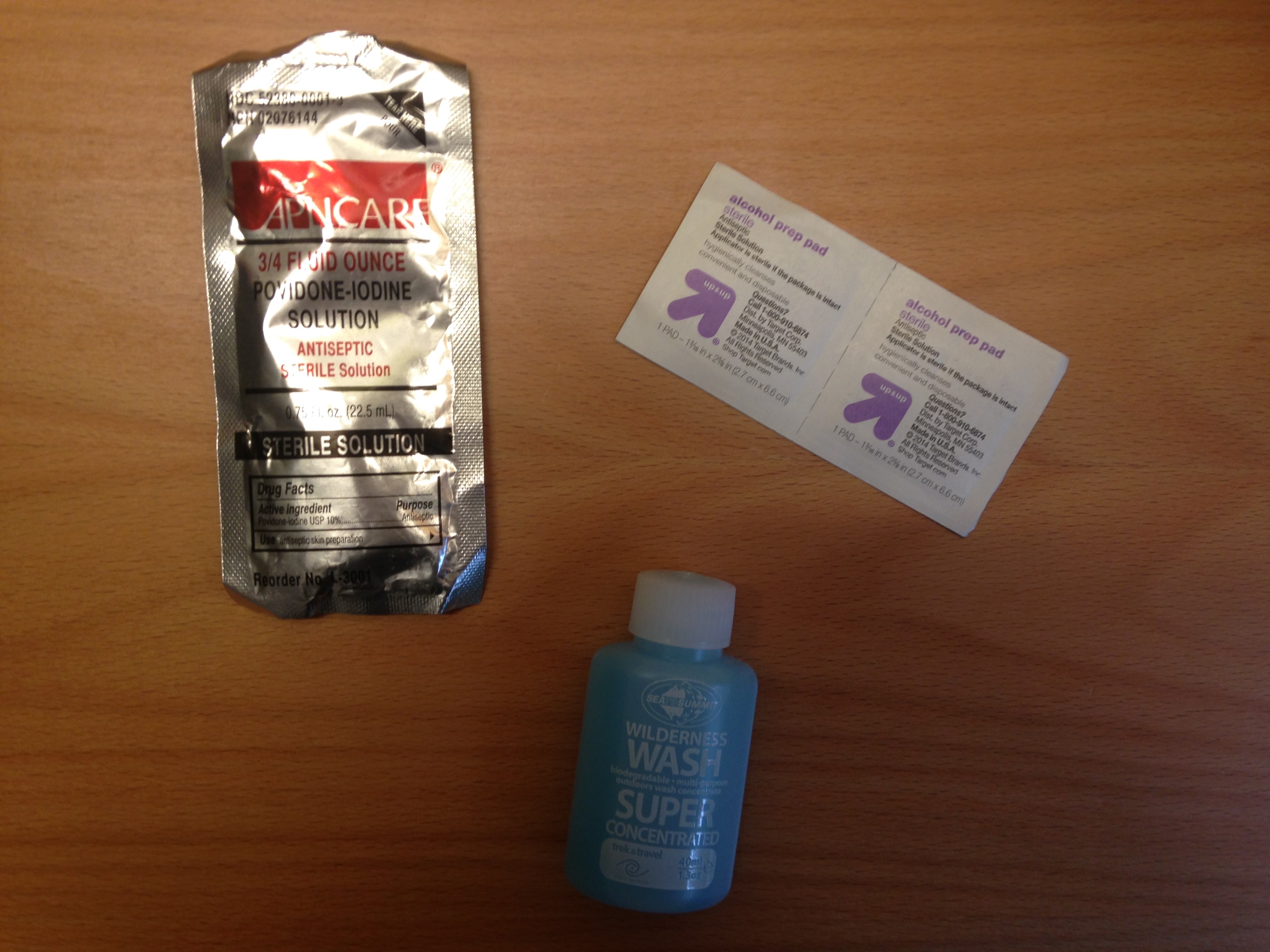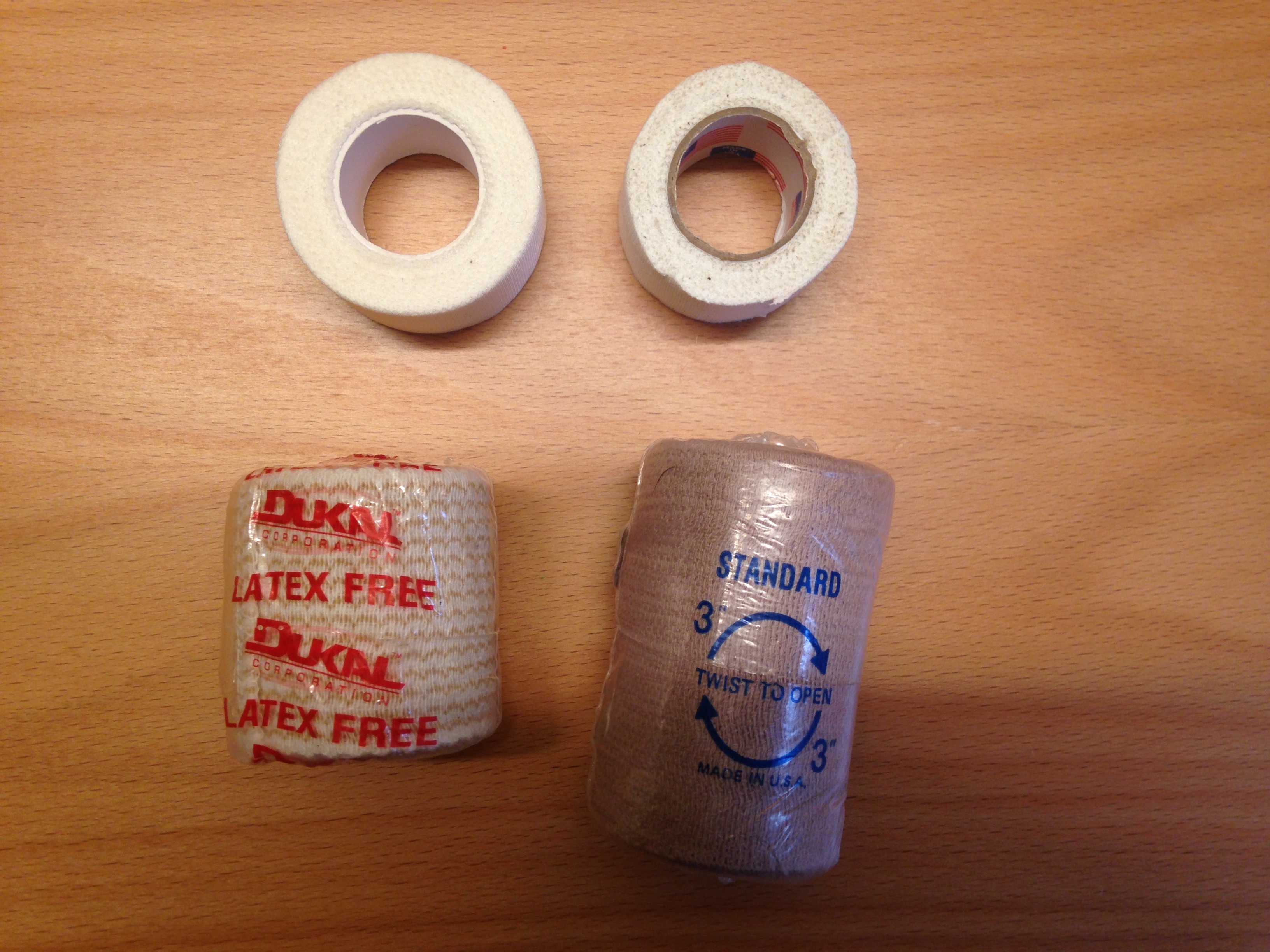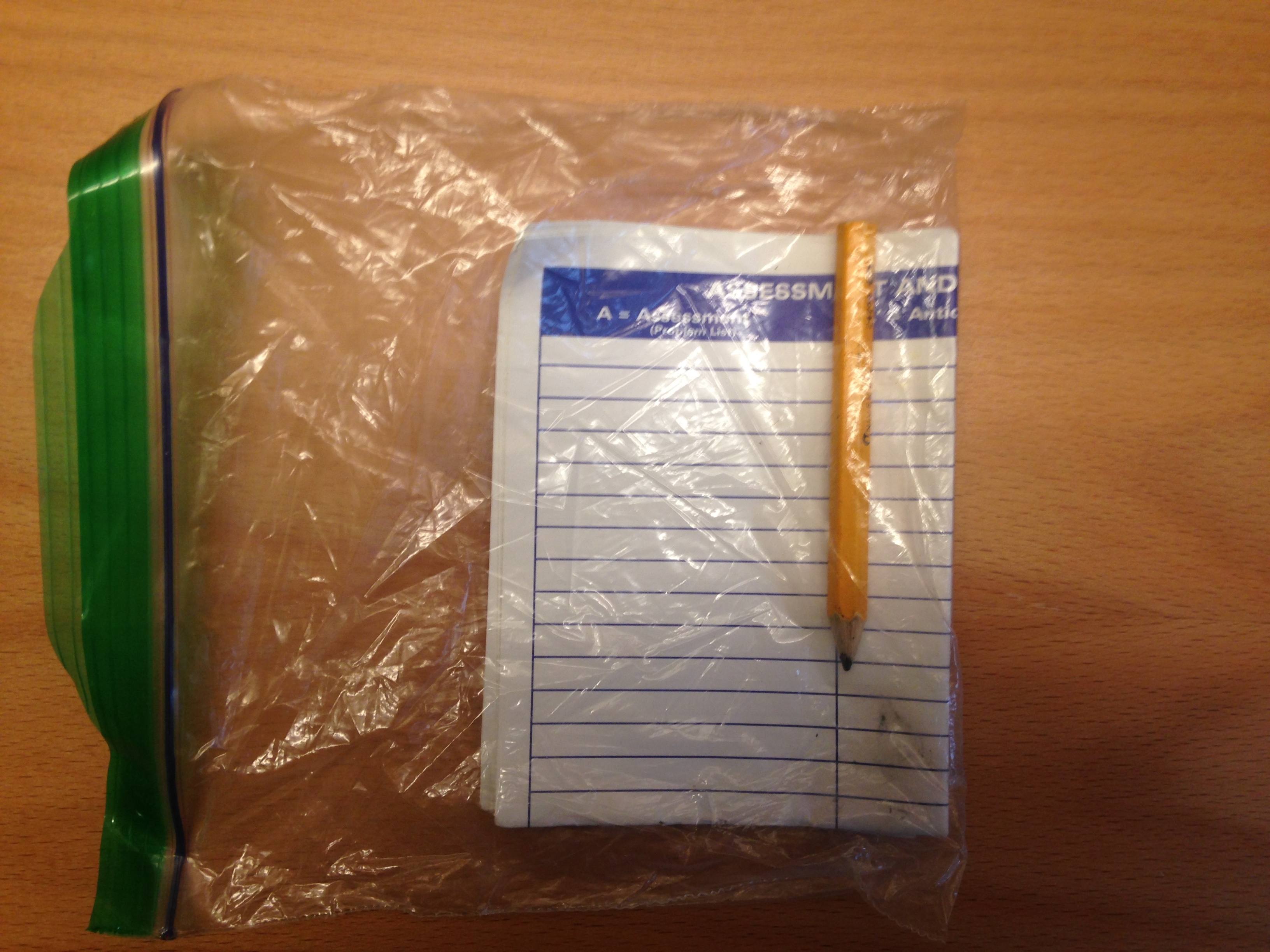Out of all the hazards we can face in the hills, perhaps the one thing we can control most during a climbing day is the kit we choose to put in our rucksacks.
While the avid gear-head can spend weeks (and the best part of their last pay cheque) researching, purchasing, and trying out the latest high-tech kit on the market, we rarely get excited about one crucial piece of equipment: the first aid kit.
Commercial kits can be a good starting point, but starting from scratch and building a DIY first aid kit that meets your needs as a climber means you know exactly what's in your kit.
Not does this reduce the chance of carrying things you don’t need, but it also helps to avoid missing out on items you really do.
First Aid In The Hills Is Not All About Dealing With Major Trauma
When disaster strikes, a well-stocked first aid kit can be absolutely critical to managing an incident. However, it’s not all about broken femurs and heart-attacks - a good first aid kit can be the difference between an uncomfortable and painful day out in the hills because of some bad blisters and one you’ll tell your great-grandchildren.
To help you make the best decisions regarding your first aid kit, this article will present some guidelines, recommendations, tips, and tricks for choosing or making a kit that’s right for you.
First, we’ll look at the market of commercial medical kits, looking at the pros and cons of what’s available to you, the adventurer. Then, I’ll offer my recommendations for critical items in your kit before concluding with some final remarks on how to best prepare yourself for the unexpected.
We Prefer Diy First Aid Kits Over Pre Made Ones
These days, the outdoor gear market is inundated with innumerable pre-made first aid kits, each of which proclaims to be perfect for either the causal adventurer, the mountain enthusiast, the trip leader, or the professional mountain guide.
While purchasing one of these pre-made options can be a simple and quick solution to your first aid kit woes, I strongly recommend that frequent outdoor climbers consider either using one of these kits as a starting point for a custom kit or that they simply start making a custom kit from scratch.
Although these pre-made kits (from the likes of Adventure Medical and Lifesystems, amongst others) profess to be perfect companions for all your adventures, they often neglect important pieces of kit or have unnecessary extras which will simply weigh you down on those long approaches.
This isn’t to say, however, that these kits are ‘bad’ or ‘useless’, just that they have design limitations that can be easily overcome with some intelligent modifications.
How To Build A Simple Climbing First Aid Kit
First, you’ll need a container of sorts to hold all this vital kit. I highly recommend something waterproof or very water-resistant - previous experience tells me that a soaked first aid kit means globs of important medications, like ibuprofen, paracetamol (acetaminophen), or aspirin, which can easily turn a nice day out into a long walk back to the car park.
Personally, I use a 2L dry sack, which seems perfect for a small personal first aid kit. If you’re responsible for large groups, or working professionally, you might consider a larger kit - I use a 4L when I’m out in the hills with clients or students so I can carry more supplies.
While having a container to put your supplies in is nifty, it isn’t worth much if it isn’t properly stocked. As I mentioned previously, using one of those commercial outdoor first aid kits can be a good place to start if you don’t already own some of these specialised medical products. However, you might want to supplement, remove, and add items depending on your personal needs.
Nevertheless, as with any good piece of kit, the budget-conscious or weight-conscious mountain enthusiast has some big decisions to make when it comes to preparing a first-rate medical kit and there are some major trade-offs to consider. Thus, we need to make conscious decisions about what we pack and what we leave behind.
However, unless you’re Steve House and Vince Anderson on the first ascent of the Rupal Face of Nanga Parbat or your idea of a morning jaunt is 50km before breakfast, going super-ultralight, especially by sacrificing something as critical as a good first aid kit, can be considered lazy, at best, and negligent, at worst.
Although it would be ridiculous to insist that everyone needs a 2kg medical kit, there are some things no good adventurer ought to go without. Here are my recommendations:
1. Bring The Right Medications
In addition to any prescription medications you and your partners might need throughout the day, don’t forget to pack a wee sampling of important over-the-counter medications like ibuprofen and/or paracetamol (acetaminophen), aspirin, and Benadryl (diphenhydramine).
While you can improvise a number of critical medical supplies using some ingenuity and the resources around you, you just can’t make these meds appear out of thin air and they’re super important for pain relief, cardiac arrest, and anaphylaxis, respectively.
Be sure to keep these meds in small plastic baggies with clearly labelled dosages and expiration dates so anyone in your group that might need to use your kit can do so with ease and efficiency. Also, don’t forget any asthma inhalers or epipens you or your group might need, too.
2. Control Bleeding Quickly
This can be in the form of gauze sheets, roller gauze, bandages, or those haemostatic dressings (if you want to get really fancy). Just be sure you have something you can use to stop a bleed, and I recommend not skimping here. If there’s a big bleed, you’ll want to stop it, and fast!
3. Protect Yourself With Non Latex Nitrile Gloves
Seems simple enough, but having 2-3 pairs of non-latex (people are allergic to that stuff!) gloves is critical for big bleeds and preventing the transmission of infectious diseases. Protect yourself and come prepared. You’ll also want a plastic baggie to put the used gloves in once you’re done.
4. Clean Wounds Properly
You’ll need something to clean wounds with, especially if you’re out on a long trip. Soap and water is really the best option here, but if that’s not a possibility, a simple iodine solution (mixed with water) is good, too.
Alcohol prep pads are a decent last resort, but really shouldn’t be used as a matter of habit for cleaning open wounds. Ever wonder why your scrapes and cuts bubbled and fizzed when your mom poured hydrogen peroxide on them as a child? It’s because it’s killing the healthy cells along with the bacteria. Effective, but perhaps too much so. Stick with soap, or iodine, whenever possible.
5. Cut Through Clothing With Trauma Scissors
Having something to cut with is important. Trauma shears (special scissors for medical use designed to cut through nearly anything you could have on your body without hurting the patient) are best, but scissors and knives work, too.
6. Hold Dressings In Place And Support Sprains
Having tape is critical for dressing wounds using gauze, though it can also be used to stabilise sprained ankles and wrists if you know a few techniques.
Duct tape is okay but really not recommended for this use - it leaves a weird residue on your skin and isn’t made for medical purposes.
I recommend some good cloth medical tape for your kit, but a small roll of duct tape (wrapped around a pencil, per se) is useful, too.
Ace wraps can also be handy for those ankle and wrist sprains if you’re not skilled in taping techniques, but they’re not amazing as they quickly stretch and lose their supportive characteristics.
7. Take Medical Notes With A Paper And Pencil
Have something to write down critical information should an accident arise. Vital signs, patient information, location description, timeline of events. This is information first responders, rescue personnel, and A&E doctors will thank you for, should an incident occur.
This is, of course, not a comprehensive list of necessary equipment for your first aid kit, but just a list of things I wouldn’t leave for the hills without.
For the climber, in particular, weight and bulk are major characteristics to consider when assembling your first aid kit so the items (and their quantity) you bring are going to be dictated by your objectives. Regardless of how you choose to spend your time outside, using these guidelines can help you assemble a first aid kit to meet your needs.
Having A First Aid Kit Is Great But Do You Know How To Use It
However, no amount of kit is a replacement for formal training, knowledge, and experience. Anyone regularly venturing into the hills ought to take, at a minimum a one-day wilderness/backcountry first aid course, but anything longer will only help you be more prepared should disaster strike.
BASP offers a variety of shorter first aid courses in the UK and NOLS Wilderness Medicine offers a selection of courses, including the world renowned “wilderness first responder” course at a wide number of locations in Europe and overseas.
Hopefully this article has helped you gain a better understanding of what you should pack in your first aid kit.
As always, keep climbing, keep exploring, and keep reading for more tips and tricks for great experiences in the hills.
